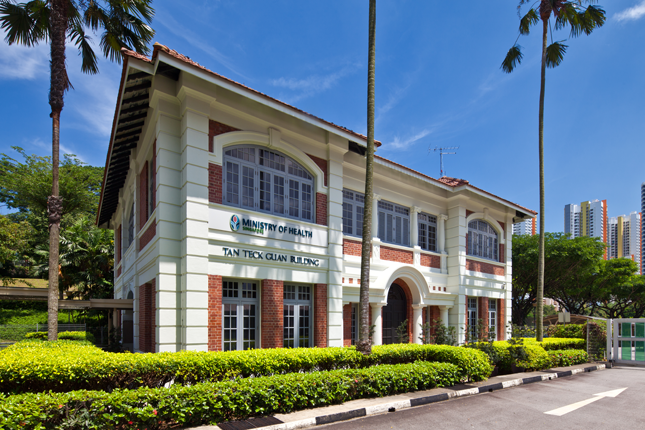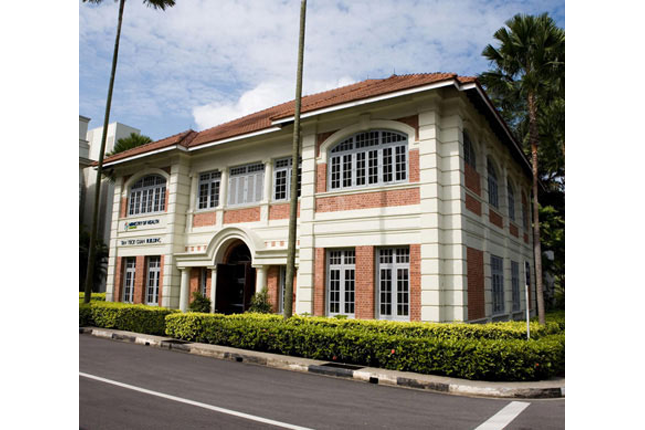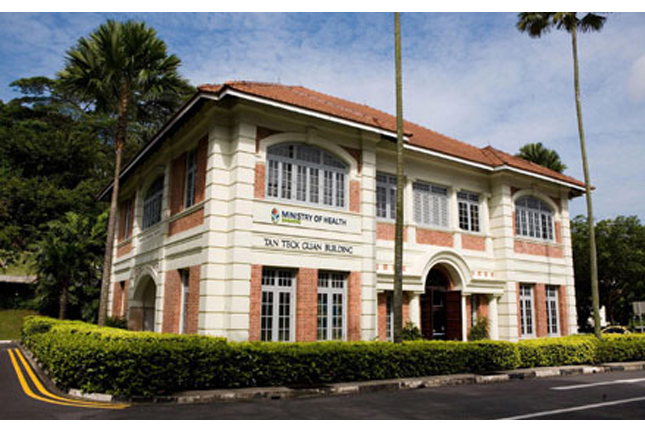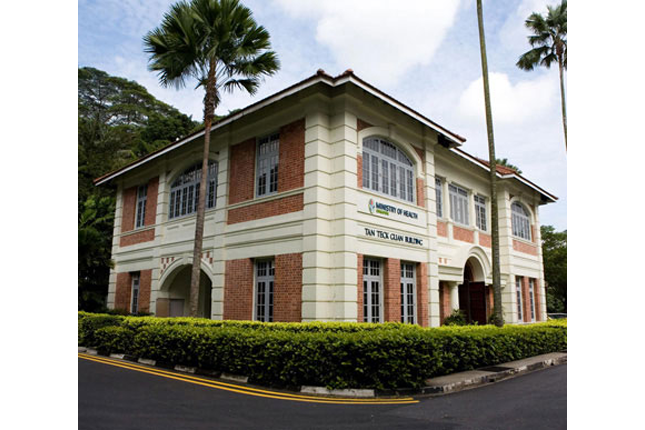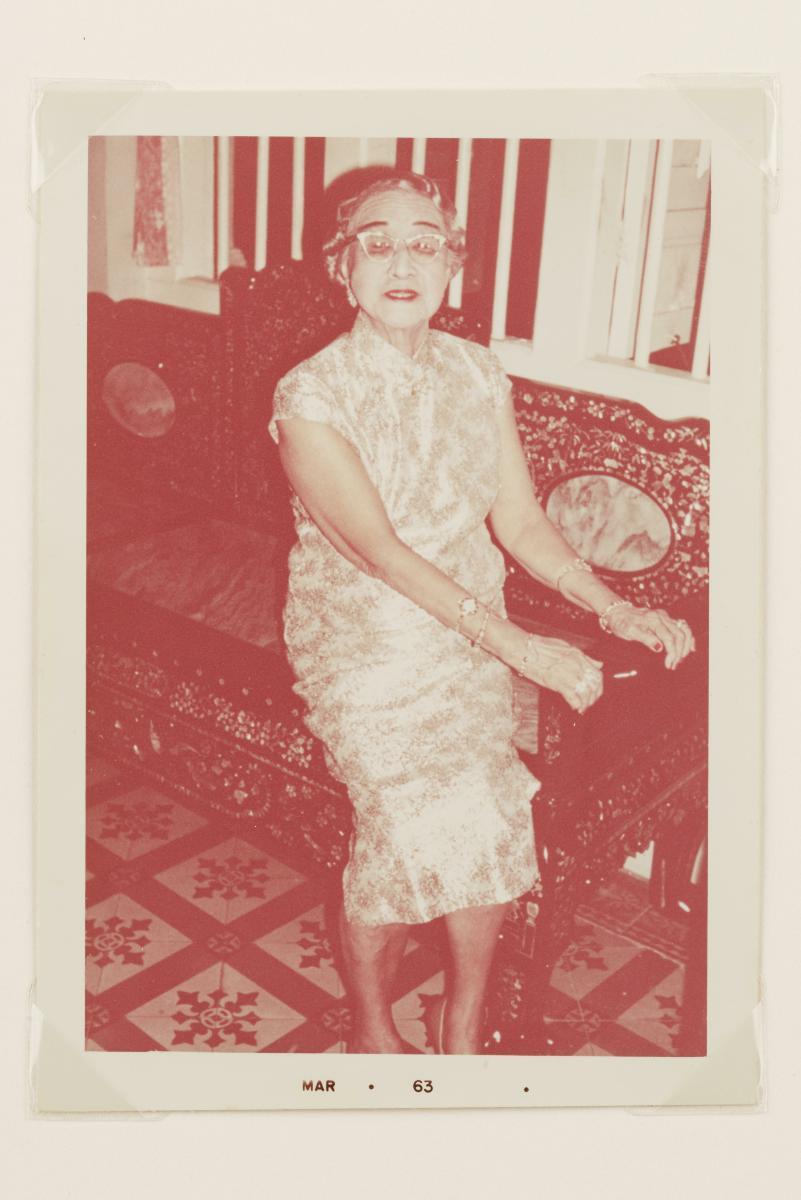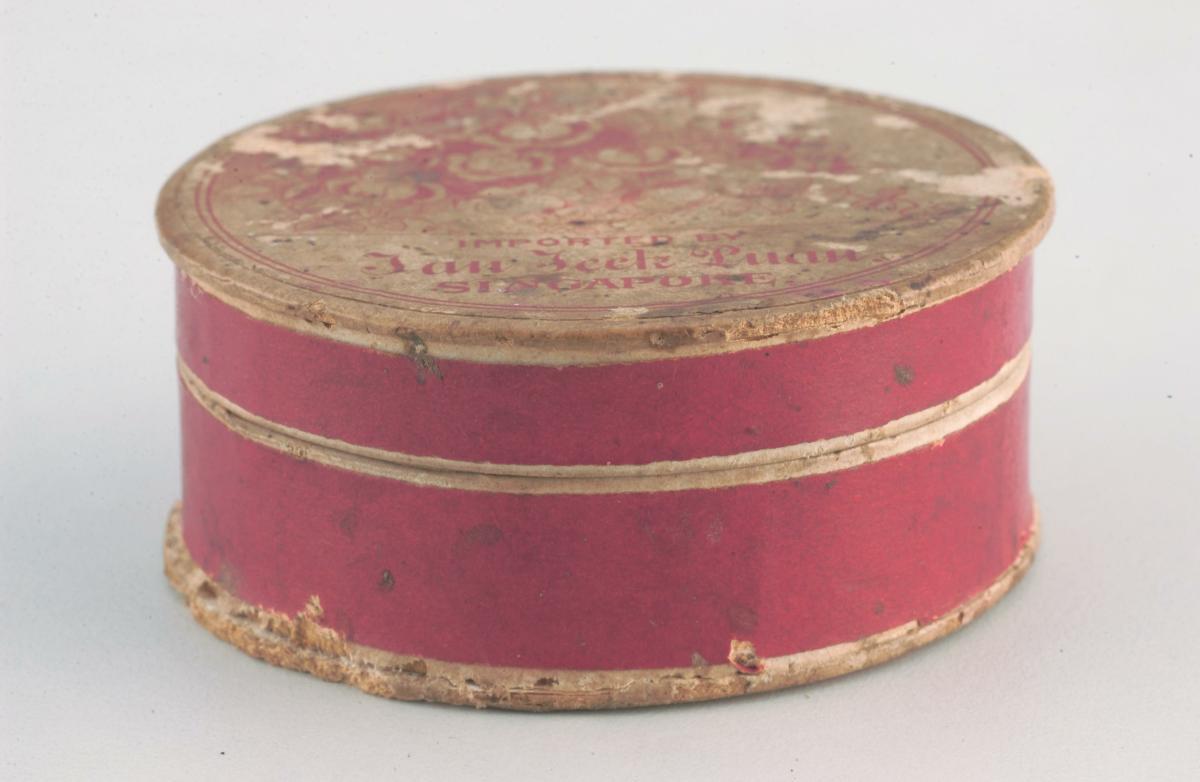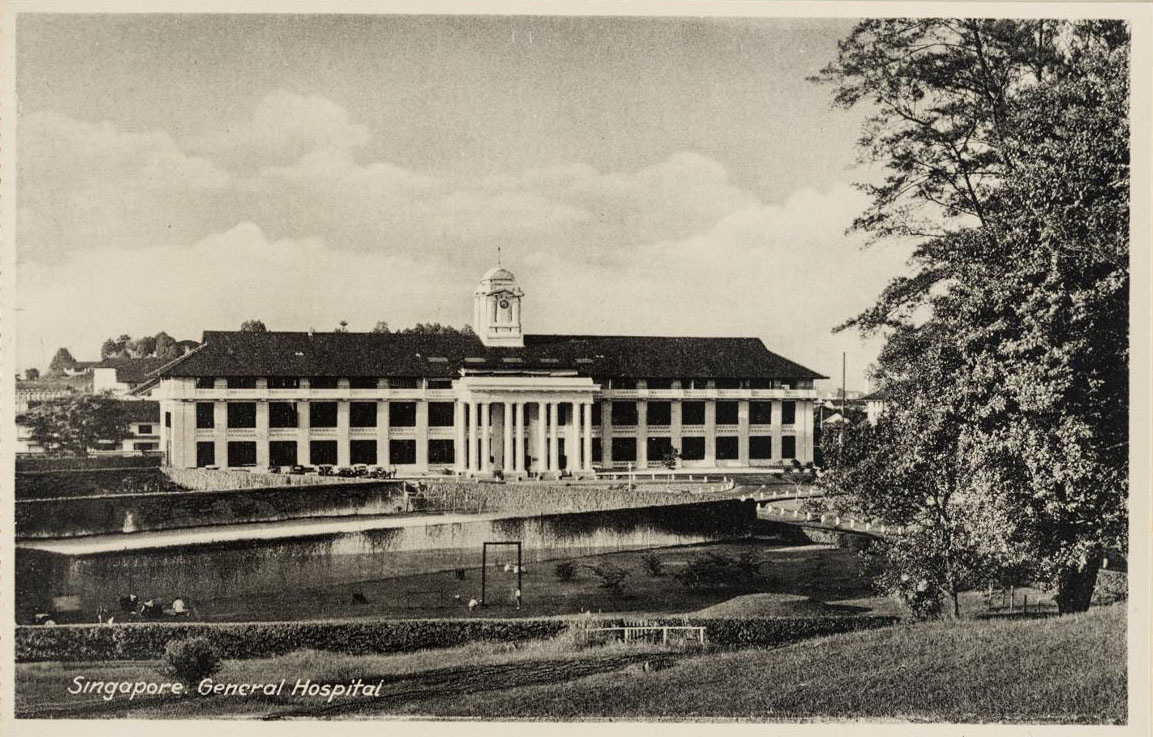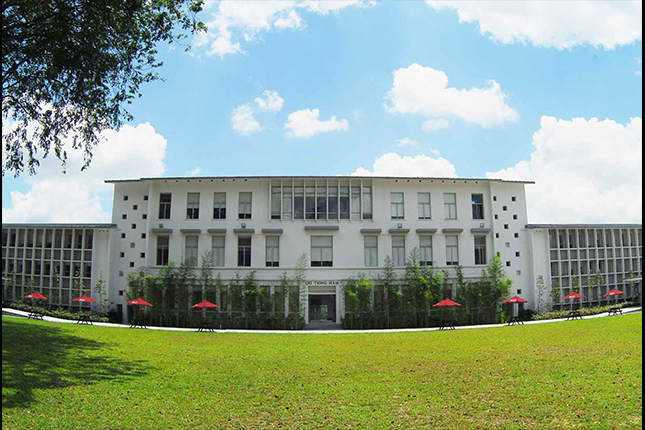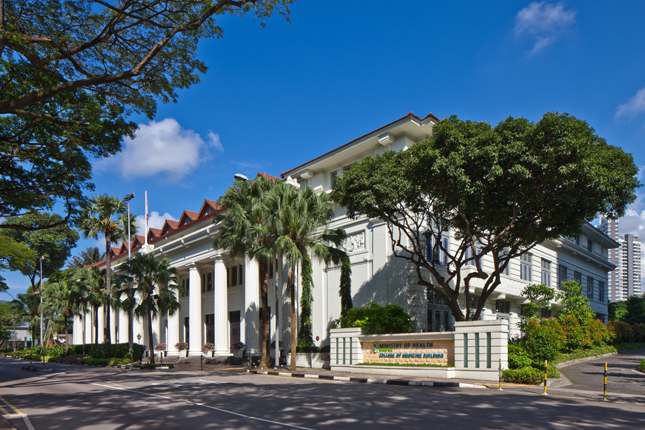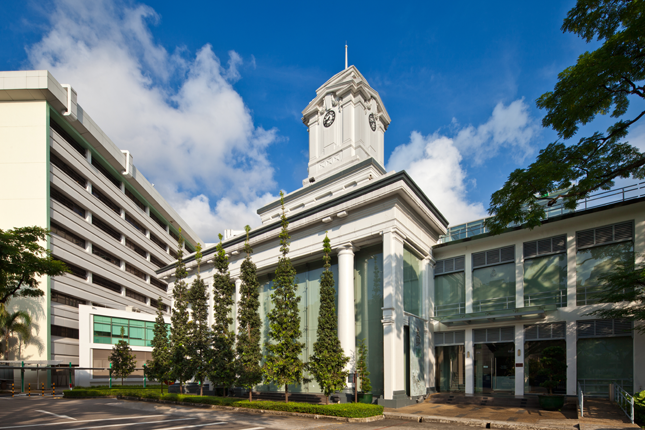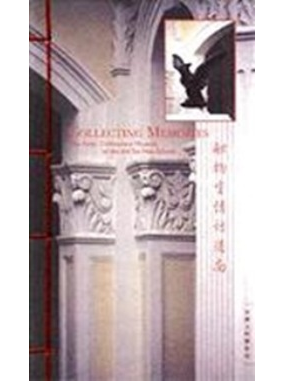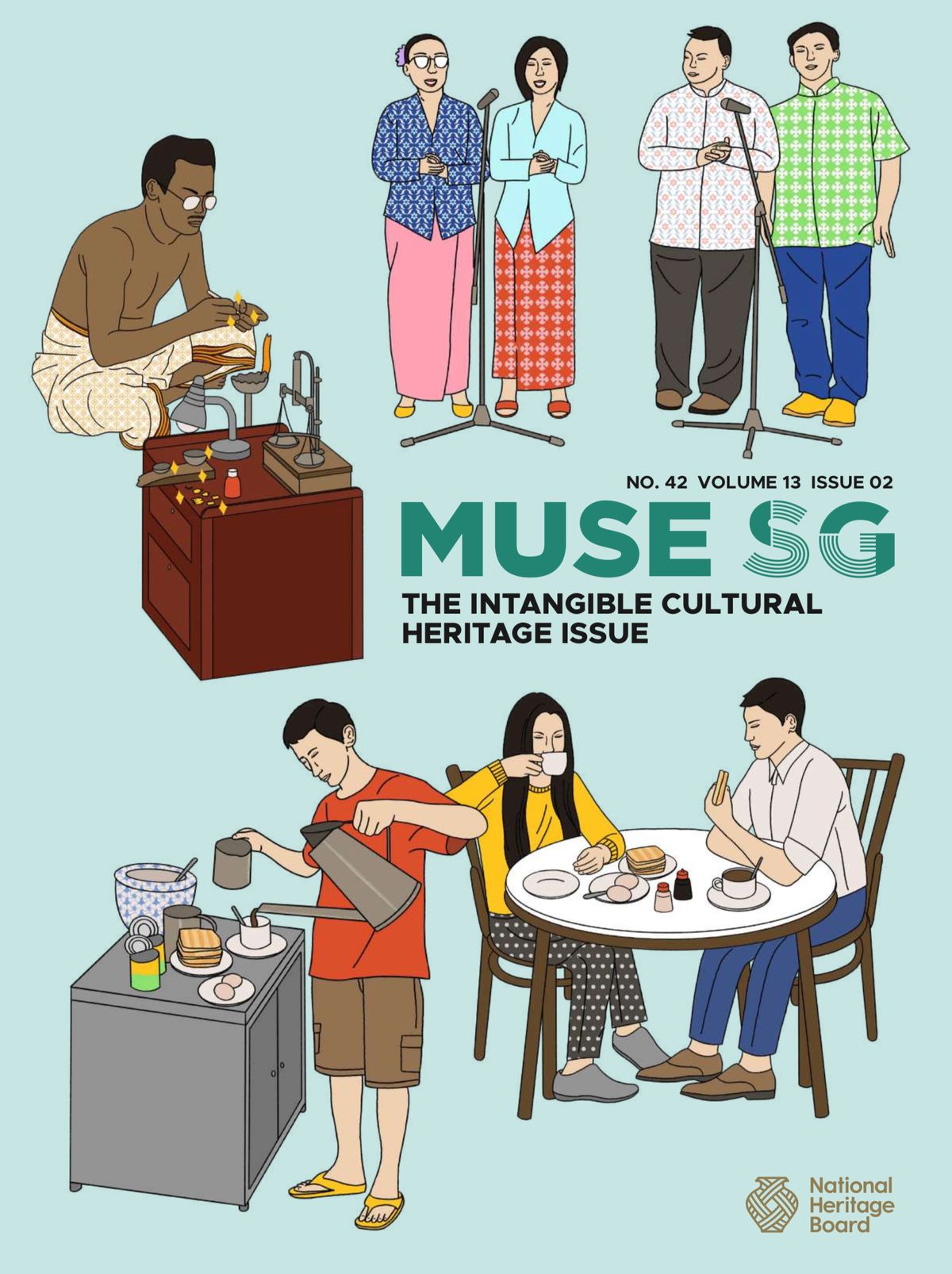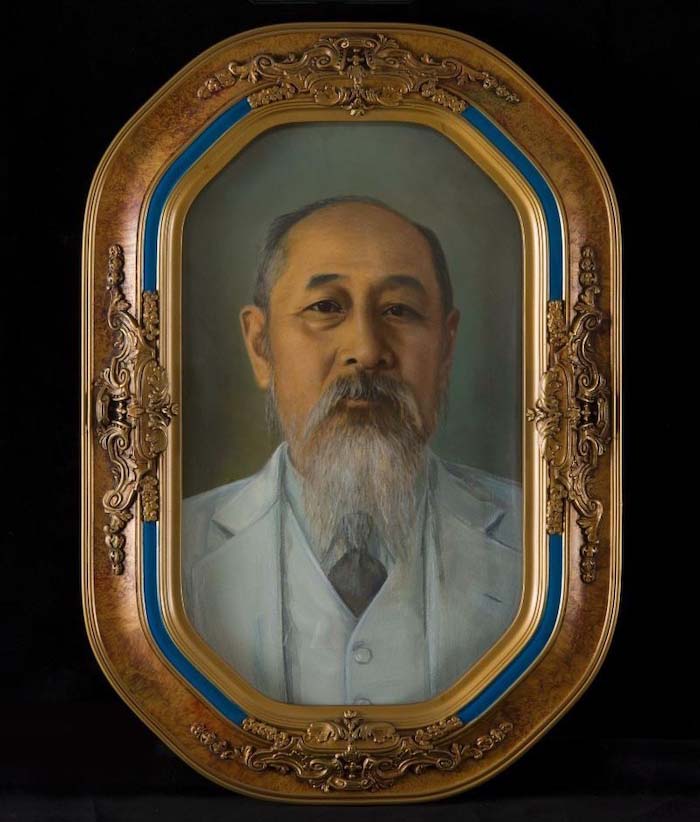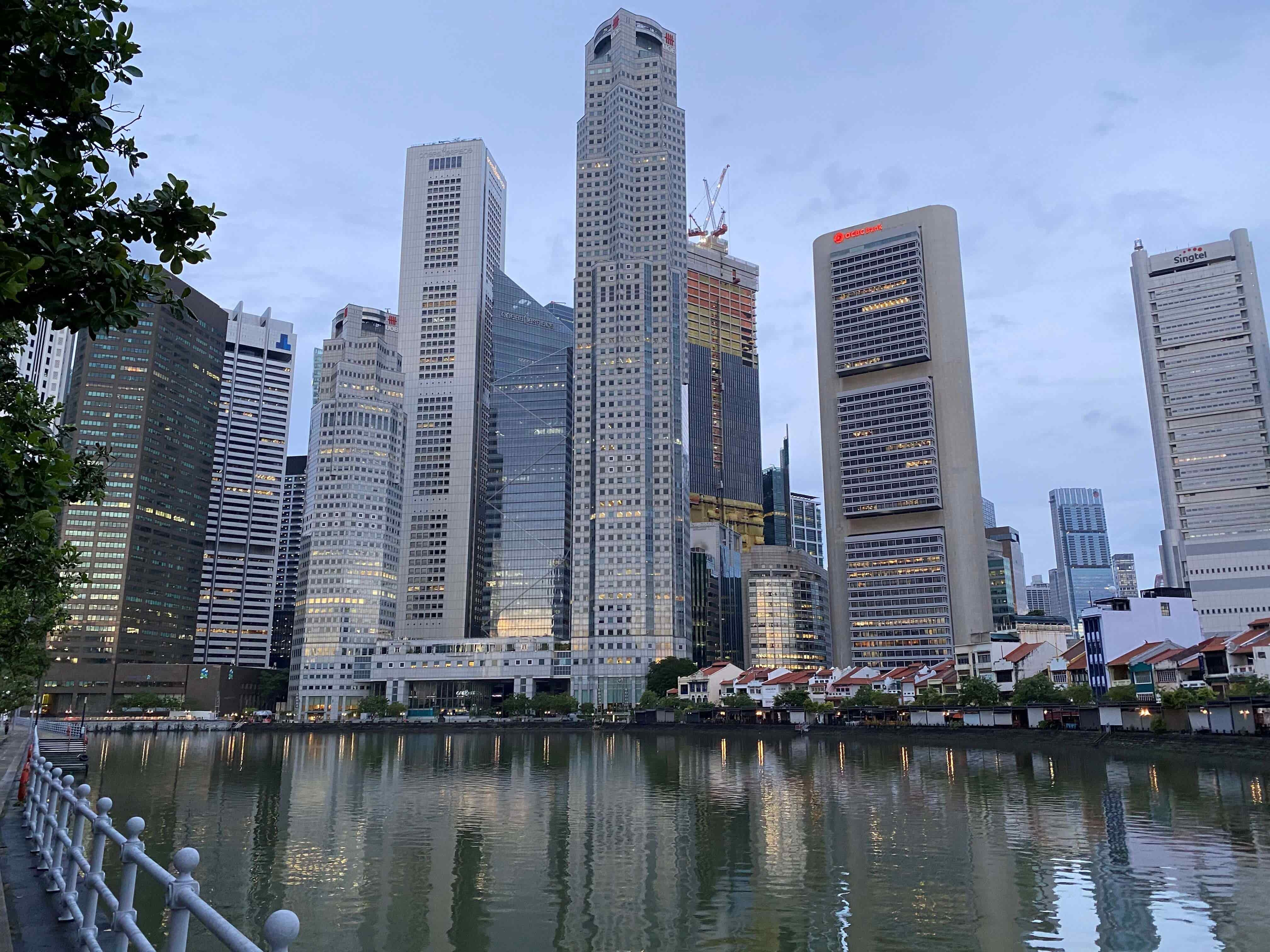Standing beside the College of Medicine Building is a smaller, two-storey building known as Tan Teck Guan Building. Along with the College of Medicine Building, Tan Teck Guan Building testifies to the contributions of pioneers to medical education in Singapore, which in turn advanced the local medical service and encouraged the development of local tertiary education.
No Medical School in Singapore
Before the founding of the Straits and Federated Malay States Government Medical School, Western-trained doctors in the British colonial Singapore came primarily from Britain and India. As the local population increased steadily and the need for more doctors became apparent, suitably qualified young men were sent to Madras Medical College in India to receive training as assistant surgeons.
An attempt was made to establish a medical school in Singapore in 1889 with Principal Civil Medical Officer Max Simon heading the initiative. Unfortunately, the plan was cut short when close to none could pass the preliminary entrance examination; only two students passed and were admitted in 1891. It was not viable then to start a medical school with so few students. Consequently, Madras remained the destination for potential candidates.
Straits and Federated Malay States Government Medical School
In 1904, a wealthy Peranakan merchant named Tan Jiak Kim led representatives from various non-European communities to submit a petition to Governor of the Straits Settlements Sir John Anderson for the founding of a medical school in Singapore. Tan Jiak Kim is a philanthropist who gave generously to the underprivileged and also contributed to the construction of Saint Joseph’s Institution’s Anderson Building, which was opened in 1907.
A sum of 87,000 Straits dollars was eventually raised for the new Straits and Federated Malay States Government Medical School, which was established in 1905. It was initially housed in the old Female Lunatic Asylum at Sepoy Lines (the area around the junction of Outram Road and New Bridge Road today).
The school’s increasing enrolment and number of staff – from 17 full-course students and four hospitals assistants in 1905 to 90 full-course students and 30 hospital assistants in 1910 – meant that it needed more facilities. A lecture hall and a chemical laboratory had been added in 1907, but the school still had neither a proper library nor a room to keep pathological specimens. It was then decided that a new building be constructed to provide the school with the necessary facilities.
New Ancillary Building
Tan Jiak Kim once again undertook the task of raising funds to construct the ancillary building. He visited Malacca to collect donations, and his fundraising drive ended quickly – and happily – after meeting Tan Chay Yan, a successful rubber tycoon and a keen promoter of education. Tan Chay Yan agreed to defray the whole cost of construction, readily donating 15,000 Straits dollars to the project. He also willed to erect the building in honour of his late father, Tan Teck Guan; the donation was commemorated in a memorial plaque in the building. A certain Mr Draper – most likely William Basil Yeatman Draper – was appointed to design the new Tan Teck Guan Building.
On 23 June 1911, Tan Teck Guan Building was declared open by Acting Governor Edward L. Brockman. Diplomas and other prizes were also conferred on this auspicious occasion, signifying the rapid progress of medical practice and education in Singapore. The new building housed a lecture room, a pathological museum and dissection room, a library, and administrative offices. After the completion of the College of Medicine Building in 1926, the Department of Anatomy moved into Tan Teck Guan Building.
Architecture and Furnishings
The two-storey Tan Teck Guan Building boasts a symmetrical Neo-Georgian façade. A contrasting colour scheme for the exterior walls is typical of this style; Tan Teck Guan Building features an exposed red-brick finish with distinctive white decorative mouldings. A Venetian door – a large, arched entranceway that is flanked by two narrow windows and sectioned by Doric columns – is placed in the middle of the front façade. This Palladian feature can also be found in other examples of Neo-Georgian architecture.
French windows line the walls to ensure that the interior is well ventilated prior to the installation of air-conditioners. The large pitched roof allows excess runoff to flow off the overhanging eaves, away from the building. The beautiful woodwork in Tan Teck Guan Building is entirely teak, while the steps are made of granite from the quarries on Pulau Ubin.
Tan Teck Guan Building Today
Since 1987, the Ministry of Health has occupied both the College of Medicine Building and Tan Teck Guan Building.
Our National Monuments
Our National Monuments are an integral part of Singapore’s built heritage, which the National Heritage Board (NHB) preserves and promotes for posterity. They are monuments and sites that are accorded the highest level of protection in Singapore.




